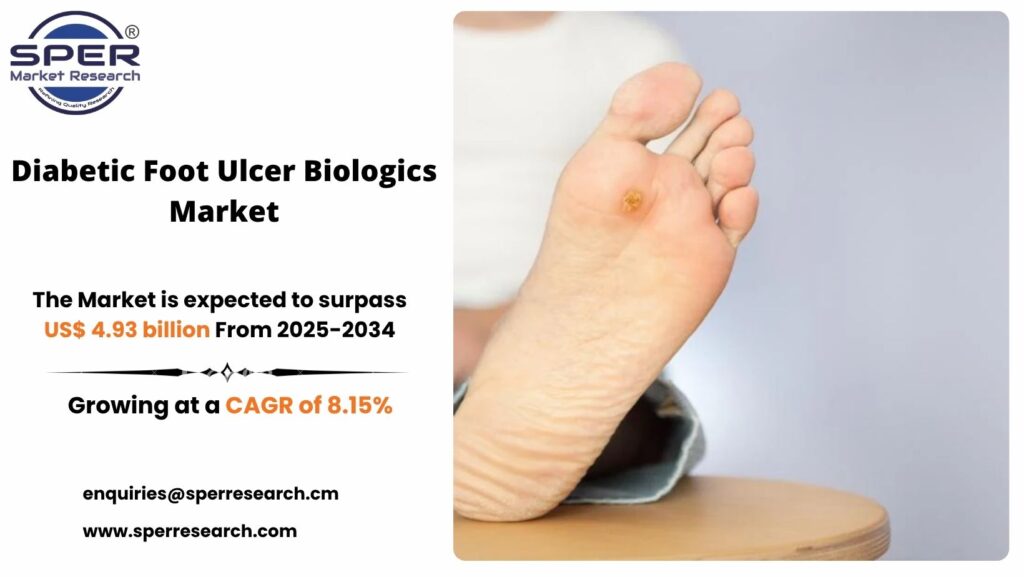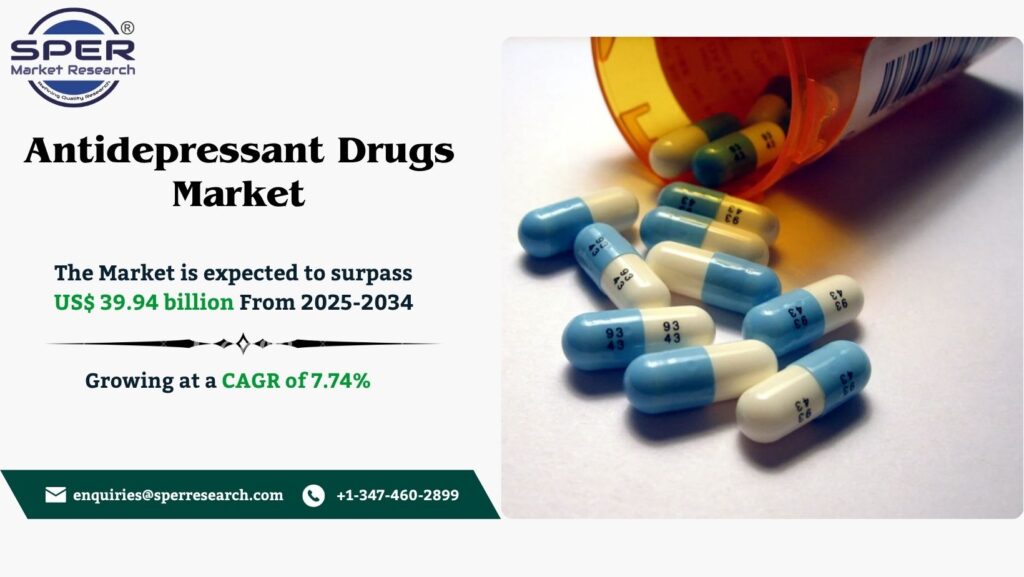Stretch marks treatment includes a variety of approaches aimed at minimizing the appearance of striae—those visible lines on the skin caused by rapid stretching due to factors like pregnancy, weight changes, puberty, or certain medications such as corticosteroids. Options range from topical solutions, like creams, serums, and oils, to more advanced procedures such as laser therapy, microneedling, and chemical peels. Many topical products use ingredients like retinoids or Centella Asiatica to boost collagen production and support skin repair. While treatments may not completely eliminate stretch marks, they can significantly improve skin texture and reduce their visibility with consistent use.
According to SPER market research, ‘Global Stretch Marks Treatment Market Size- By Disease, By End Use – Regional Outlook, Competitive Strategies and Segment Forecast to 2034’ state that the Global Stretch Marks Treatment Market is predicted to reach 770.01 Million by 2034 with a CAGR 9.35%.
Drivers:
The stretch marks treatment market is experiencing growth due to several important factors. Increasing rates of obesity and a rising number of pregnancies are key contributors, as both conditions are common causes of stretch marks. Other factors like hormonal changes, rapid weight gain or loss, and certain medical treatments also drive demand for effective solutions. The growing popularity of non-invasive cosmetic procedures and continuous advancements in technologies such as laser therapy and microneedling further support market expansion. Additionally, increased consumer focus on personal appearance, influenced by social media and beauty trends, is fueling interest in stretch mark treatments.
Request a Free Sample Report: https://www.sperresearch.com/report-store/stretch-marks-treatment-market?sample=1
Restraints:
The stretch marks treatment market encounters several challenges that can impact its growth. A key concern is the limited and often inconsistent effectiveness of available treatments, as completely eliminating stretch marks remains difficult. This can lead to consumer dissatisfaction and hesitation. High costs of advanced procedures such as laser therapy and microneedling make them less accessible, especially in low-income regions. Additionally, varying skin types and responses create unpredictable results, while the absence of standardized treatment guidelines adds further complexity. Regulatory requirements and the need for clinical validation also slow product approvals and innovation in the market. The North America stretch mark treatment market is growing due to rising obesity, advanced technologies, and increased R&D. In Asia-Pacific, market leadership is driven by higher pregnancy rates, shifting beauty standards, and rising obesity across age groups. Some significant market players are Alliance Pharma PLC, basq NYC, Clarins, Candela Corporation, Dermaclara, E.T. Browne Drug Co., Inc. (Palmers), Helix BioMedix, Inc., Perrigo Company plc (HRA Pharma),
For More Information, refer to below link: –
Stretch Marks Treatment Market Share
Related Reports:
Laboratory Informatics Market Growth
Follow Us –
LinkedIn | Instagram | Facebook | Twitter
Contact Us:
Sara Lopes, Business Consultant — USA
SPER Market Research
enquiries@sperresearch.com
+1–347–460–2899









